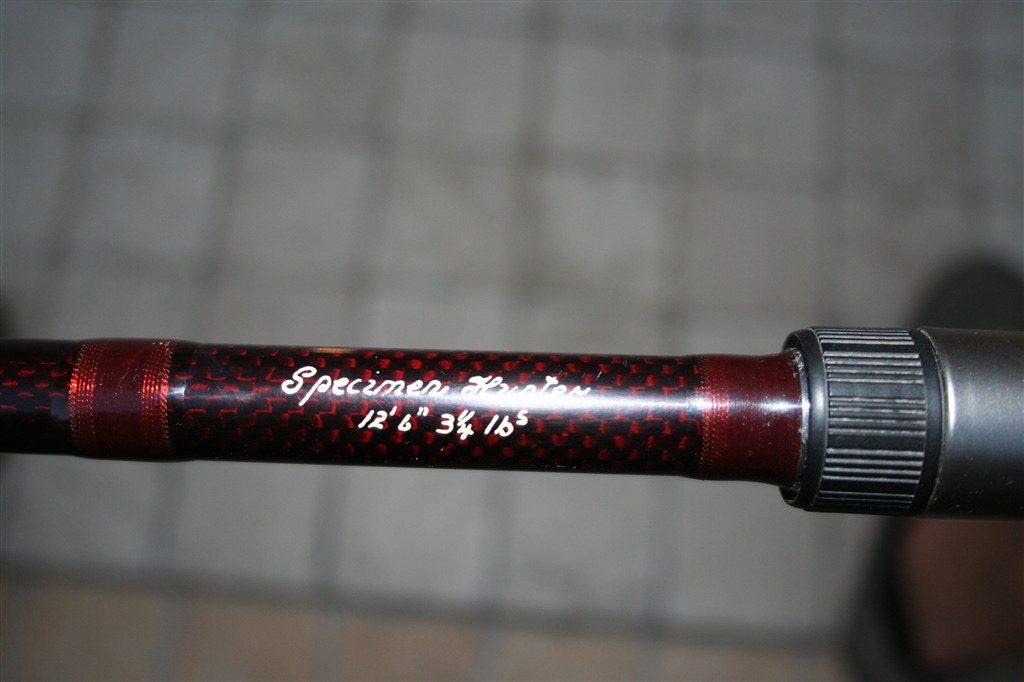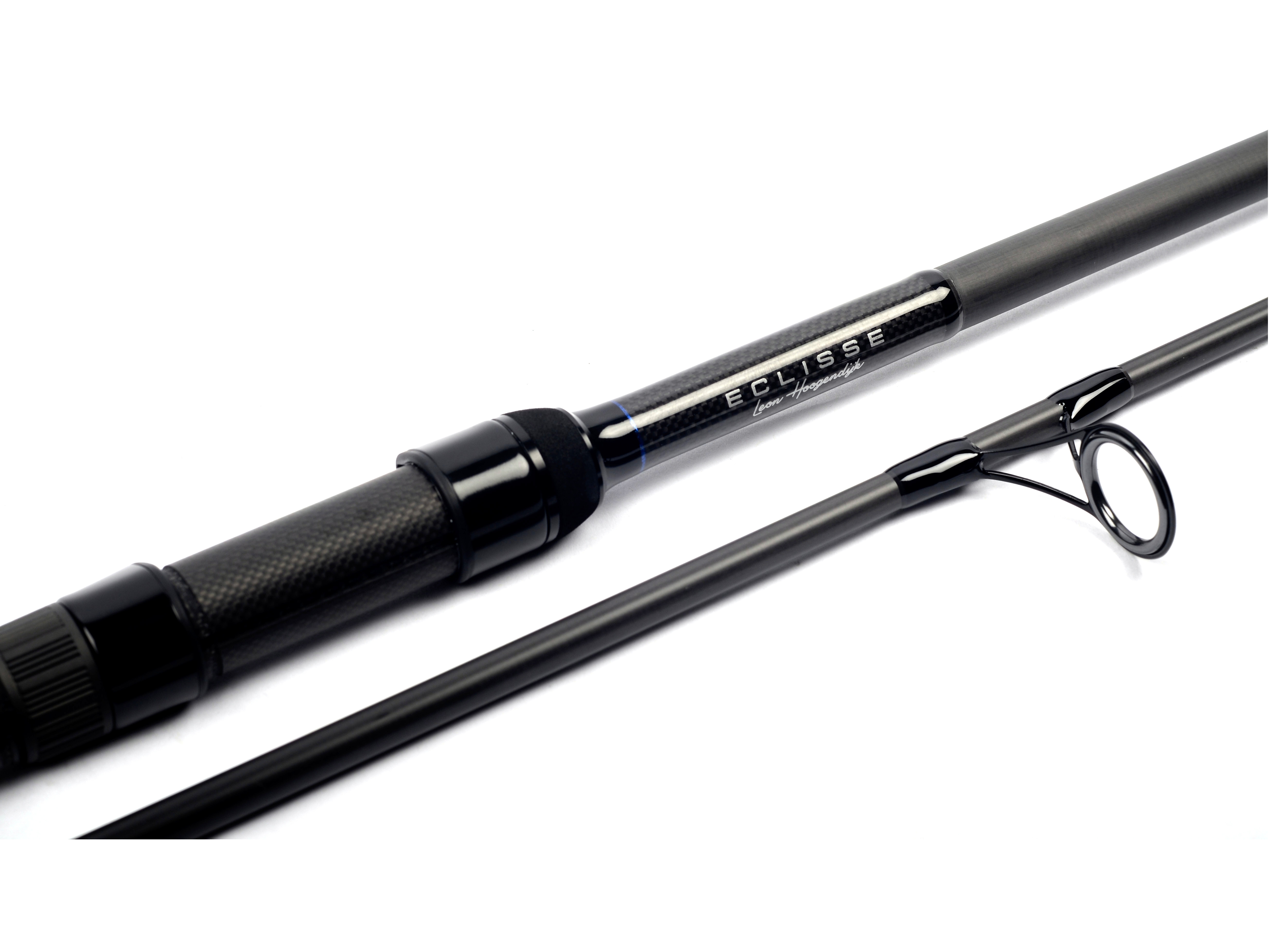
CANNE LEON HOOGENDIJK x BIG FISH: canne da carpfishing al prezzo giusto e dalle caratteristiche top! | Le canne Eclisse e Black Metal sono il risultato di uno sviluppo molto intenso durato
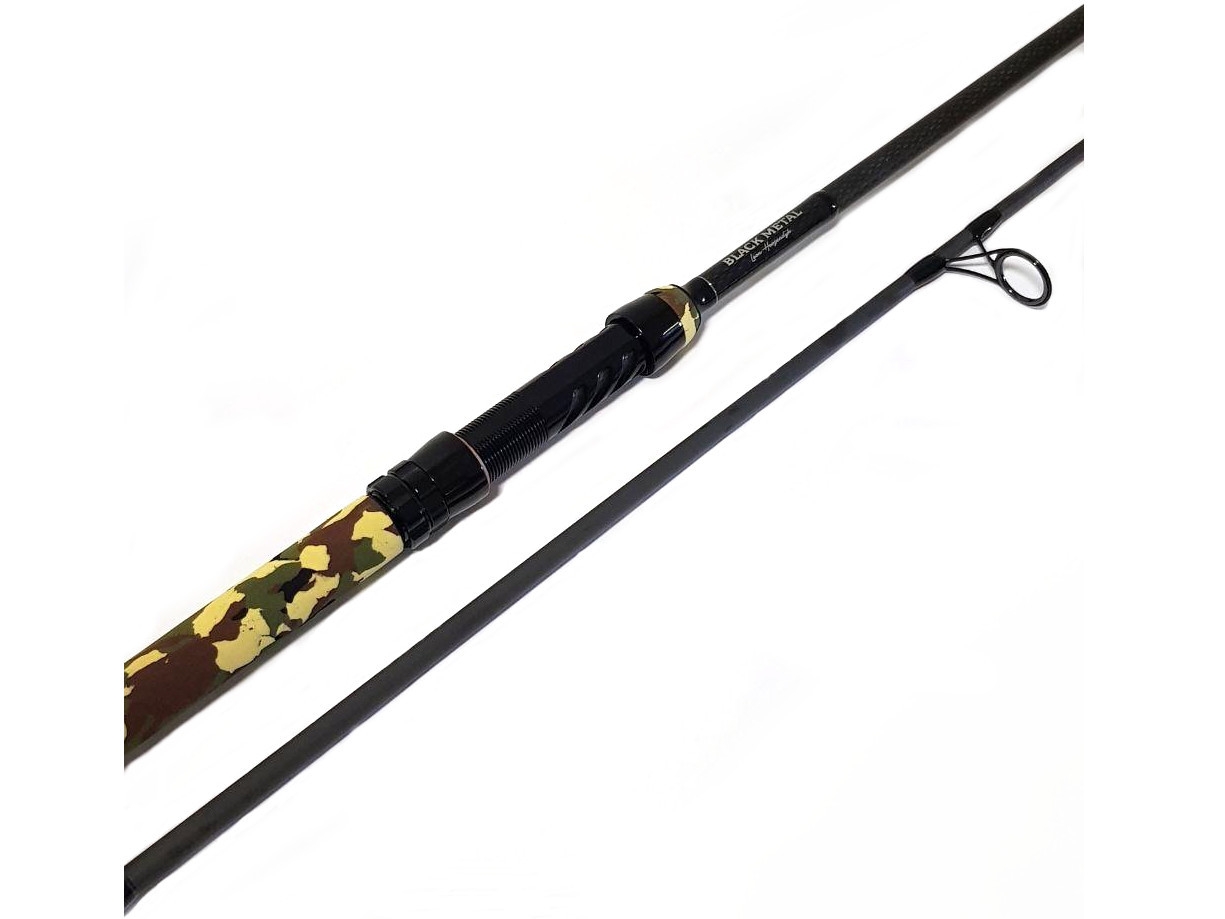
Canna Leon Hoogendijk / Big Fish Black Metal Camo EVA handle | leon- hoogendijk-big-fish-black-metal-camo-eva
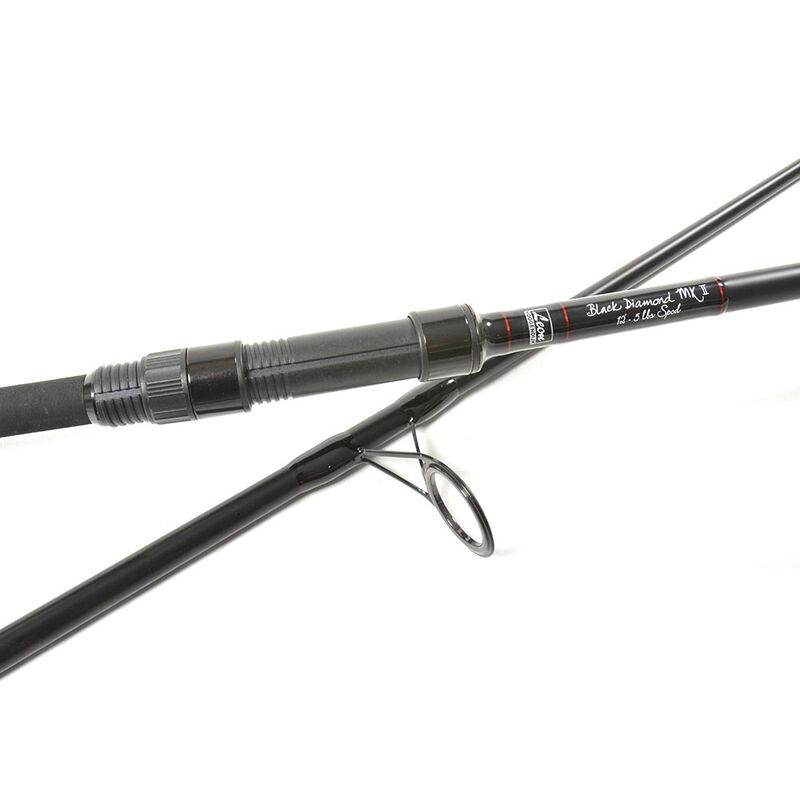
Canne à carpe leon hoogendijk black diamond mk 2 spod 12' 5lbs - Cannes spod pêche à la carpe | Pacific Pêche
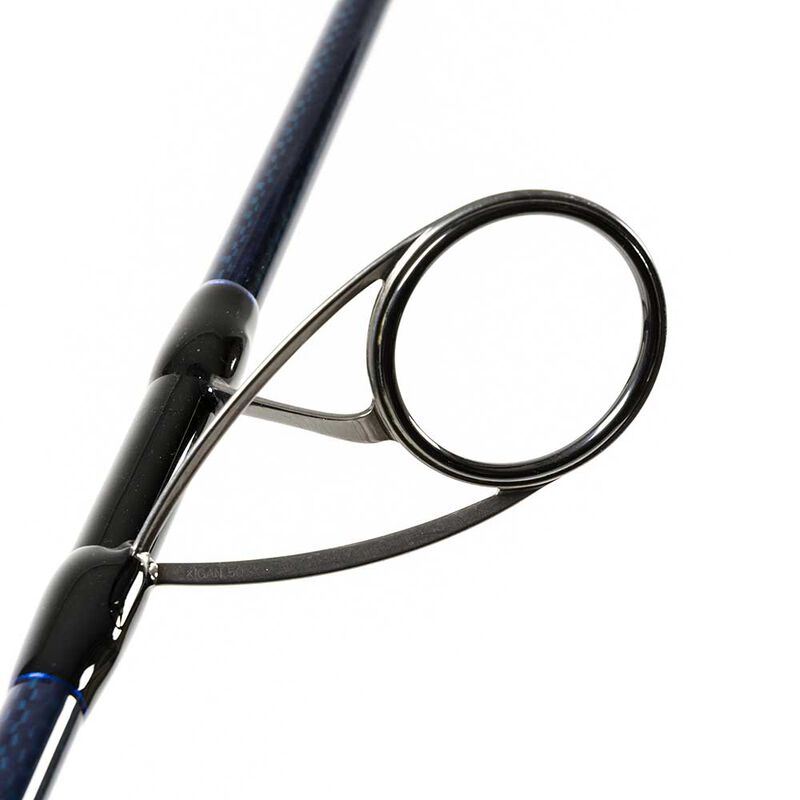
Canne à carpe léon hoogendijk orient power plus 10' 3m 3.5lbs - Cannes ≤11' pêche à la carpe | Pacific Pêche
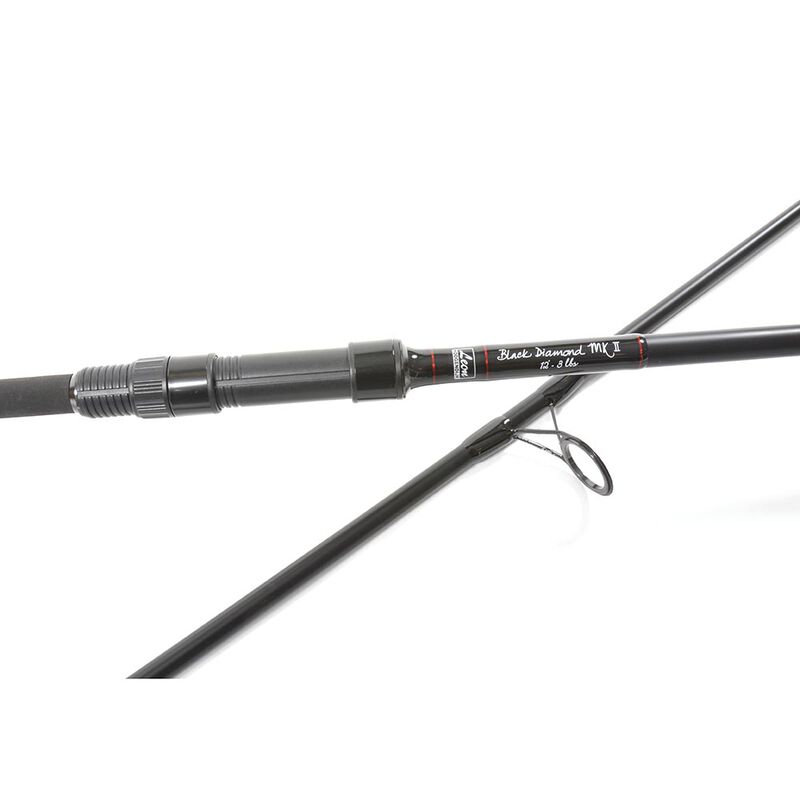
Canne à carpe leon hoogendijk black diamond mk 2 12' 3lbs - Cannes 12' pêche à la carpe | Pacific Pêche
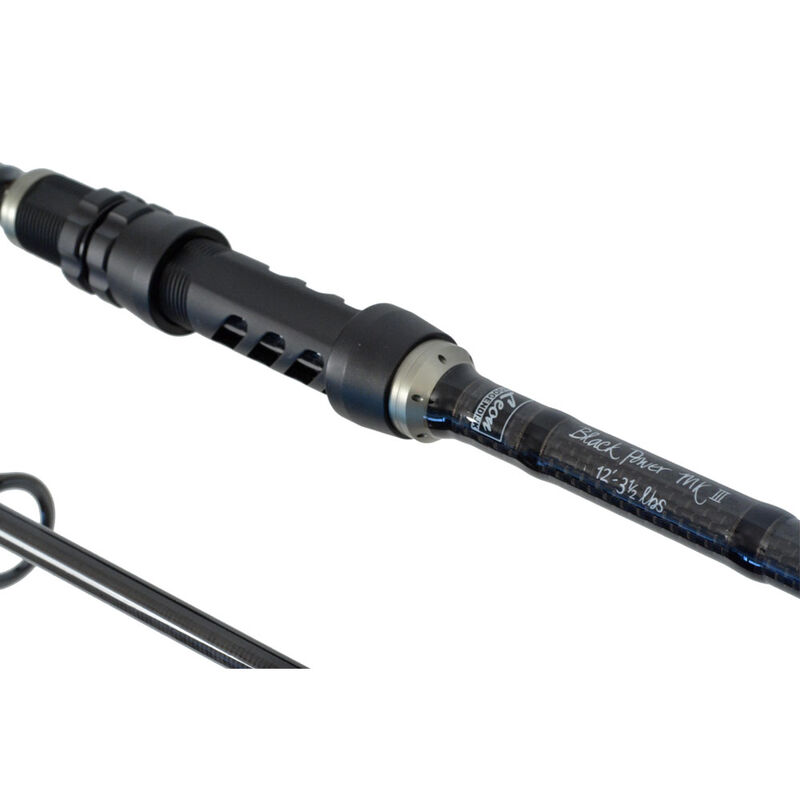
Canne à carpe hoogendijk black power mk iii 12' 3m60 3 lbs 1/2 - Cannes 12' pêche à la carpe | Pacific Pêche






